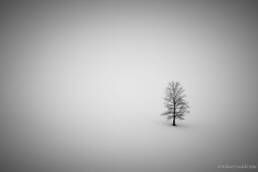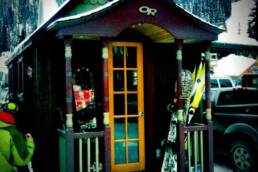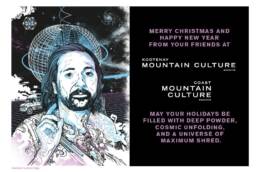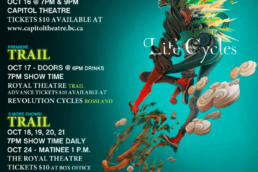How does a London composer become one of the most talented self-taught landscape photographers in the West Kootenays? We sit down with Emmy nominee and Nelson local Robert Neufeld to discover the similarities between motion, music and the magic of being still.
One thing that strikes you about Robert Neufeld when you first meet him is his stillness. He exudes a certain calm that is refreshing in this age of perpetual stimuli: he rarely stirs in his seat and when he speaks there is a sense of economy in the words he chooses. Not that he’s curt. Not at all. It’s more that he understands the power of movement and sound and uses both to absorb your attention completely.
This isn’t that surprising for a graduate of the UK’s Royal Academy of Music and the National Film and Television School. Most of his work has involved composing scores for documentaries and he’s been nominated for two Emmy awards for the History Channel’s Titanic and National Geographic’s Untamed Americas. But five years ago Robert stepped outside of the music/motion realm and began shooting still photographs of the landscape surrounding his home in Nelson, British Columbia. And the results were astounding. We caught up with Robert to talk about what caused him to seek enjoyment in the art of stillness.
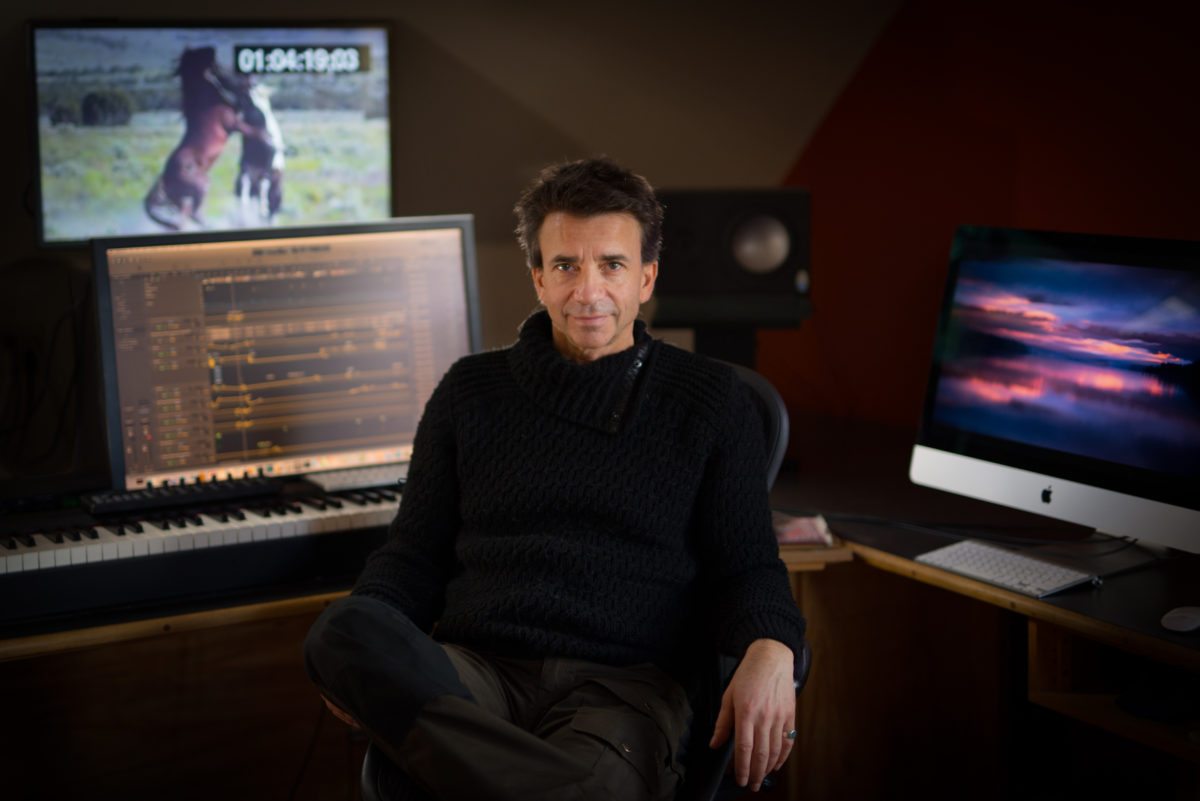
Thanks for taking the time to sit down and chat, Robert. How long ago did you move to Nelson.
Nineteen years.
What’s your background?
I moved straight here from London. With a young family. We lived pretty close to the centre of London and we moved straight to Rosemont (in Nelson). Waldorf school. Kids. Outdoors. Community. Old houses. Pristine environment. Low population density.
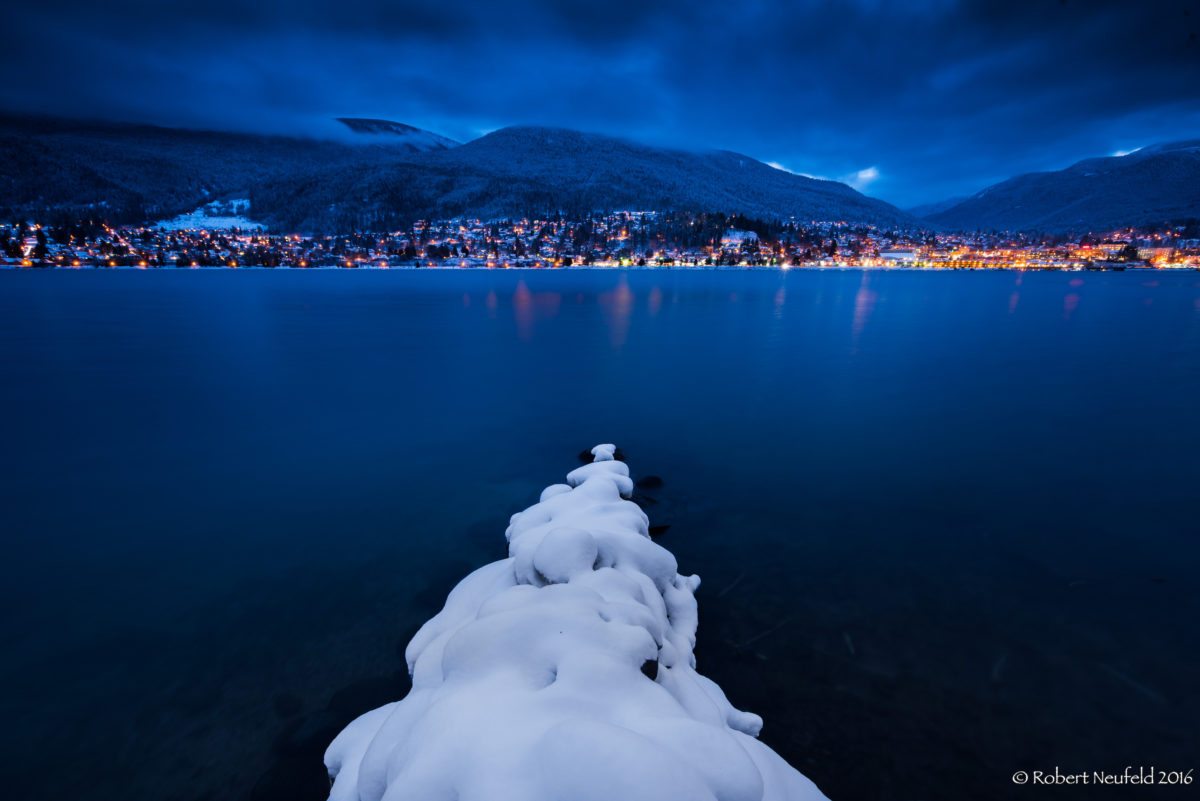
And what about your professional background?
I trained at the Royal Academy of Music in London and the National Film and Television School to do music for film and television. And then I started working in London – I needed to make money quickly because I had young kids – so I started writing scores for TV commercials. London is a creative hub for advertising and some of it was quite fun. It was really high stress though. Then I started writing music for a variety of TV stuff, a lot for the BBC. After we moved here I started working for people on the East Coast of the US and over the years I scored a lot of natural history, environmental and ethnographic films. And I still do.
Why did you branch out into photography?
On a practical level I just got sick of sitting in a chair. I wanted to get out and enjoy the Kootenays and wild environments. Initially I thought I was going to make videos but I quickly found that because all my music work is with moving images I was drawn to still images for something completely different.
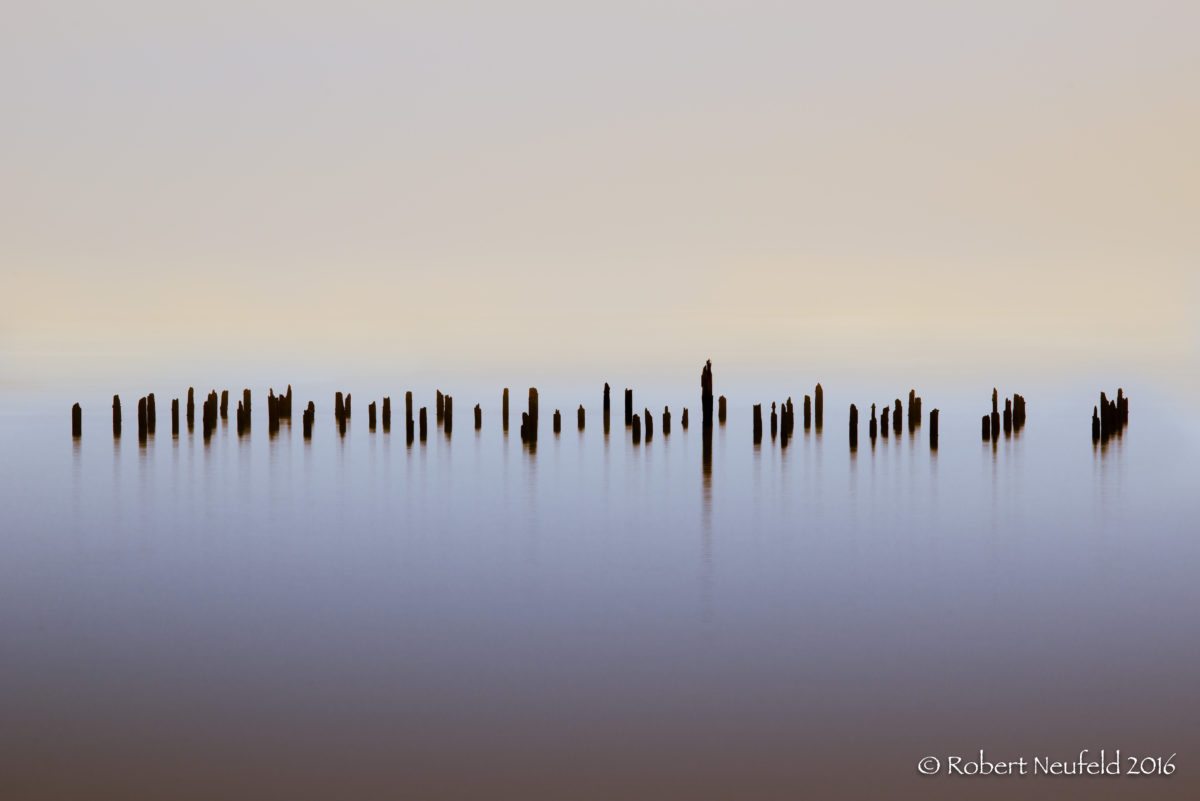
So rather than you being stationary and working with moving film, you were drawn to moving around and taking still images?
Yeah. Music is all about surfing the movie, the movement and this is almost the opposite end of the spectrum. It’s about capturing the stillness of everything. The vast expanses and the sense there is no rush here. Nature’s rhythms are completely different from the dominant human rhythms on the planet and I really enjoy that.
What camera equipment do you use?
Nikon full-frame D810. It’s very good for landscape. My approach is a bit unusual in terms of the other gear I have. Apart from one telephoto, I have no zoom lenses, no lenses with autofocus and no lenses with image stabilization. Those are the three modern developments in lens technology. Instead I have four manual, metal, heavy, old-school, Zeiss Prime lenses.
Why is that?
Because the optics are stunningly beautiful.

When’s your favourite time to shoot?
I don’t find light in the middle of the day very interesting. You can talk about it analytically, like, at dawn and dusk the shadows are long, the colours are gentle. But it’s more than that for me. You’re at the transition point between two worlds.
And you shoot a lot of night-time photos too?
Night-time photography is great because it has this mysterious quality to it. I’m always fascinated by having the moon and a terrestrial object in the same frame. The moon with the trees. Or the moon and a mountain. Or the moon shining over water. Symbolically it’s like having heaven and earth in the same moment.
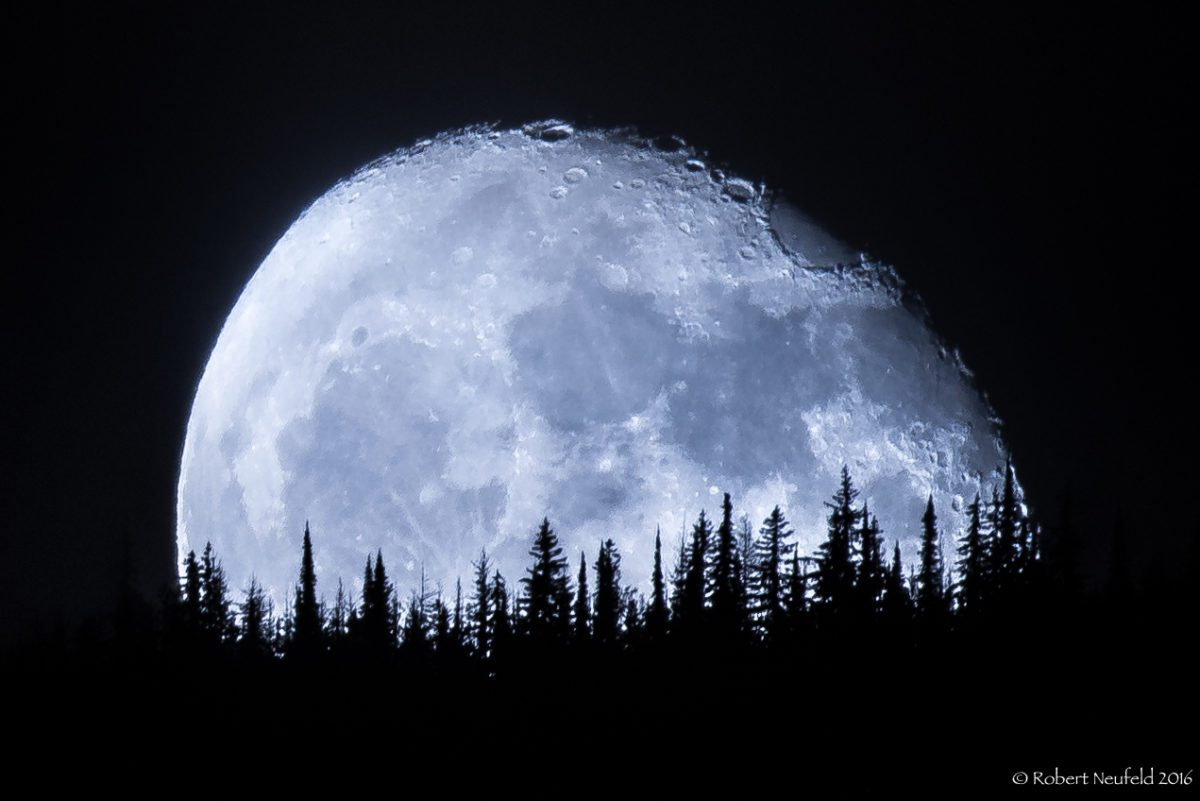
Is the moon your favourite subject to shoot?
I don’t think I have a favourite. For me it’s about feeling connected to the land. The attitude with which I go out and photograph is very much, “What do you want to show me?” Like a question to the land or to the light. I feel like I’m trying to receive rather than capture. And I don’t hear photography discussed in that way very much. The metaphors that are used are oftentimes, “capture” and “shoot.” That’s not the spirit with which I photograph. I’m not out there to have a victory. I’m out there to commune and communicate the intelligence of the land.
Where are some of your favourite places to photograph?
I like water. I often spend time around the big lake. And the creeks and waterfalls. Strangely the highest mountain tops around here, I don’t feel as drawn to them as the valleys. Which is the opposite of what I would have expected being a rock climber. (Robert has rock climbed since he was 15 years old.) But there’s something about being in the valley bottoms and looking up.

You’ve also photographed in the deserts of the American South West though?
Yeah. Yeah. In the desert it’s mostly about light and the shape of rock. And it’s also about how tenuous life is down there. It’s just amazing how plants find a place in the desert. Their resilience amazes me. There’s a very strong presence in the desert for me.
You’re a self-taught photographer?
Yes. I read a lot on the internet and then went and practiced and practiced. I would say a big thing for me was transitioning skills that I’ve gained as a music composer into the way I compose frames for photography. There are certain principals of composition that naturally arise when I look through a view finder. Things like themes that get mirrored. Or lines in a frame that are rather like melodies. Or the way texture or colour is analogous to the harmony in music and the way chords progress…Ansel Adams actually said the negative is like the composition in music and the print is like the performance.
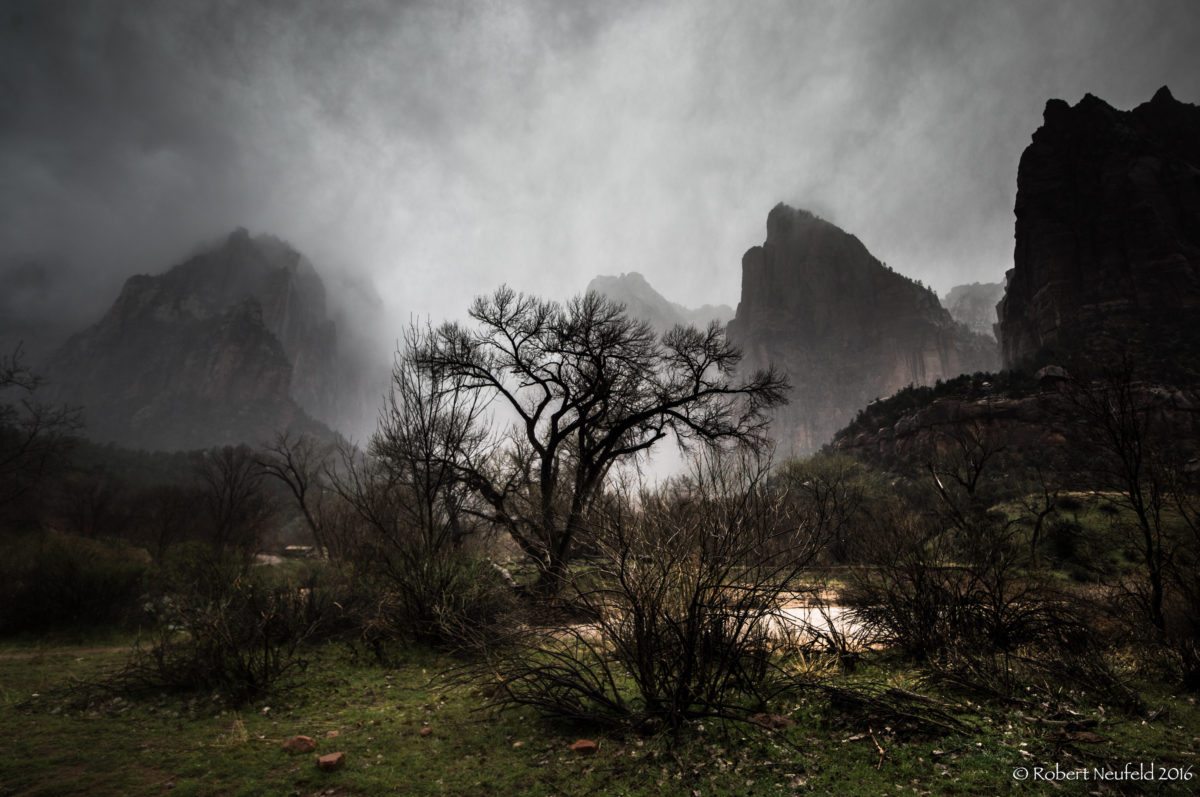
Which leads in to our next question about how much post-production you do.
I don’t use Photoshop because it’s too powerful a program. It’s too tempting to manipulate things. So I use Lightroom, which is a lot like having a dark room in your computer. It allows the finesse of a photo without it being too edited. I don’t stitch images together. It’s always: when the shutter opens and closes that’s it. That’s the moment. That’s my rule for myself. For me that’s what photography is.
Where else have you photographed?
England. The Rockies. Thailand. Bali. Nepal and India. The West Coasts (of North America). And in Maine. But the Kootenays are really unique. The amount of wild, fresh water we have is very unusual. There’s something about this kind of moist, forested, big lake, slightly glaciated, very raw landscape that is something very very special.

Have you ever photographed people?
No. I’m crap at photographing people. I hate being photographed so I can’t ask people to do what I can’t stand being done to me.
What’s some advice for those interested in landscape photography?
Bow to the landscape. Either before or after you take a photograph.
Wow. That’s very tai-chi.
(laughs) Yes, it’s a secret weapon for really tuning in. I think most people wander through the wilderness with a sense of “What can I take from it?” And that’s reflected in the photographs they take. If you go with a sense of reverence, I think that’s different and you become more receptive and more sensitive to what’s going on.
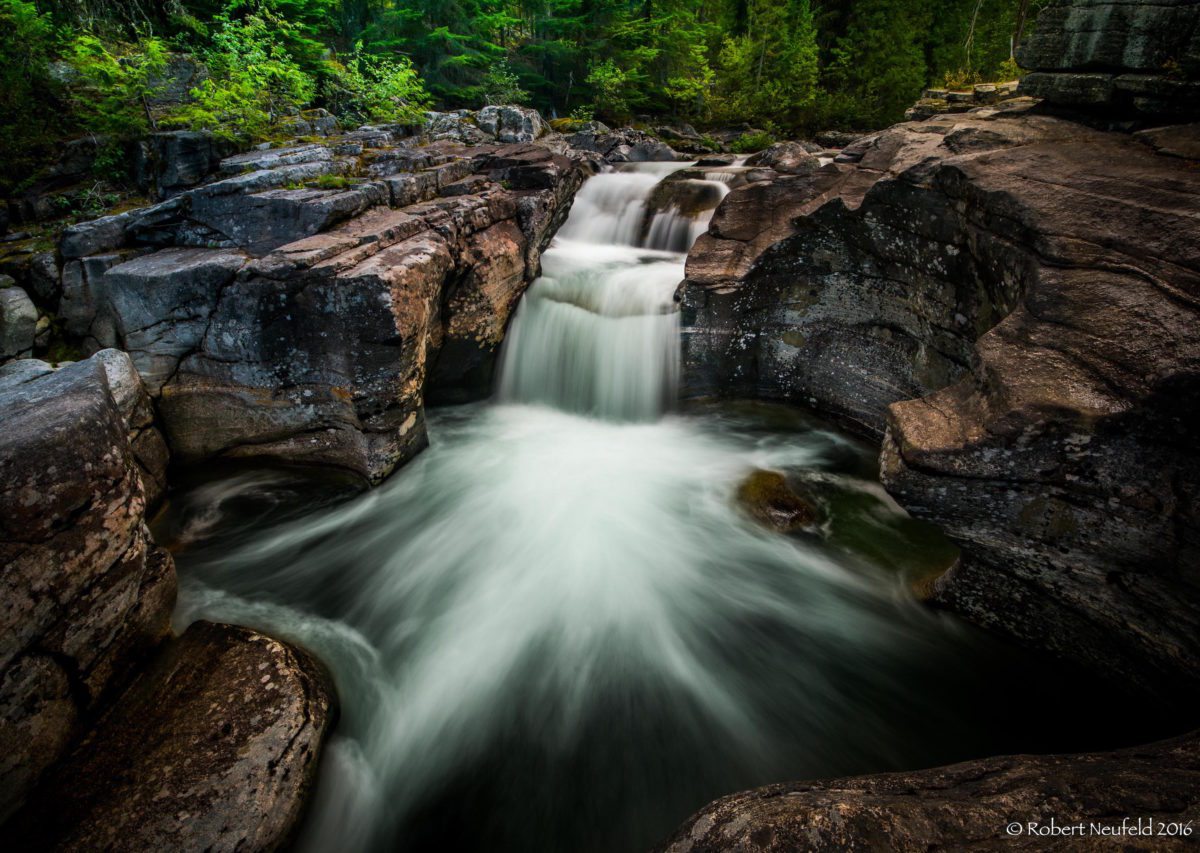
Is that something people learn over time?
I think everybody is different. I can remember going into landscapes when I was 20, living in London, and just aching for quiet. I’ve always yearned for the quietness of the wilderness. Which is probably why my photography is like it is.
So it comes down to personality?
Yeah, that’s the great thing about photography. You can get three people to go to exactly the same spot, take a photograph, and somehow come out with something that’s significantly different from one another. The way our personalities leak into images is really quite fascinating.
To see more of Robert’s images, log on to land-light.com.
Vince Hempsall
Vince Hempsall lives in the beautiful mountain town of Nelson, British Columbia, where he spends his time rock climbing, backcountry skiing and mountain biking (when not working). He is the editor of Kootenay Mountain Culture Magazine and online editor for the Mountain Culture Group.
Related Stories
Garret Buehler Does Nelson Proud
Young gun Garret Buehler gets his shred on in this beauty action/lifestyle/love living and riding in the Kootenays…
Coldsmoke Powder Festival comes to Nelson
The 6th annual Coldsmoke Powder Festival kicks off today, and continues throughout the weekend. Tonight's "Toast to the…
Life Cycles Premiere in Trail and Nelson
Oh great goodness, the wait is going to be worth it. Rossland based filmmakers, Derek Frankowski and Ryan Gibb, coupled…
New Photography Exhibit Opens At Touchstones in Nelson
Touchstones, the Nelson, British Columbia museum, has opened two new photography exhibitions this month including…


